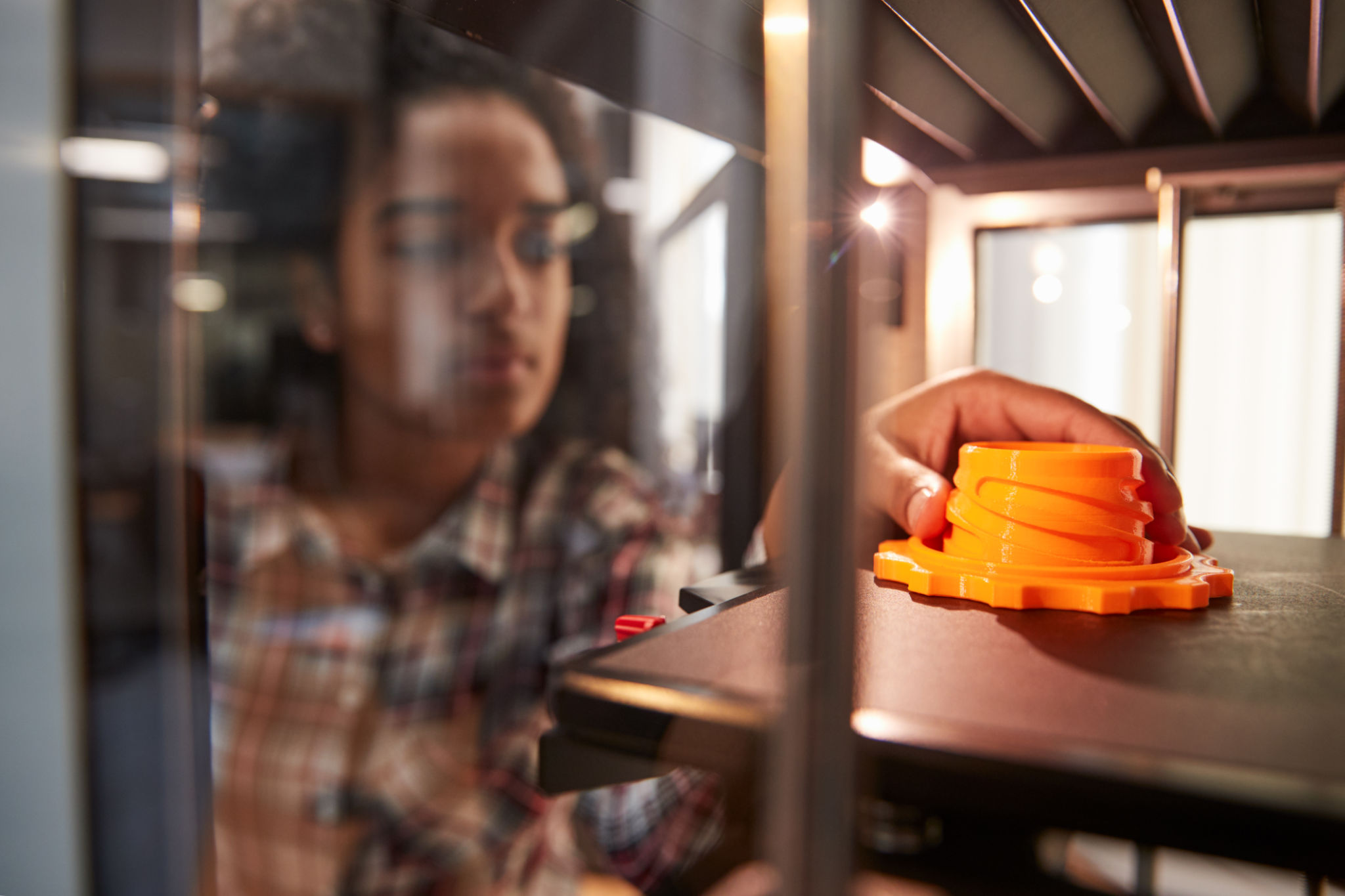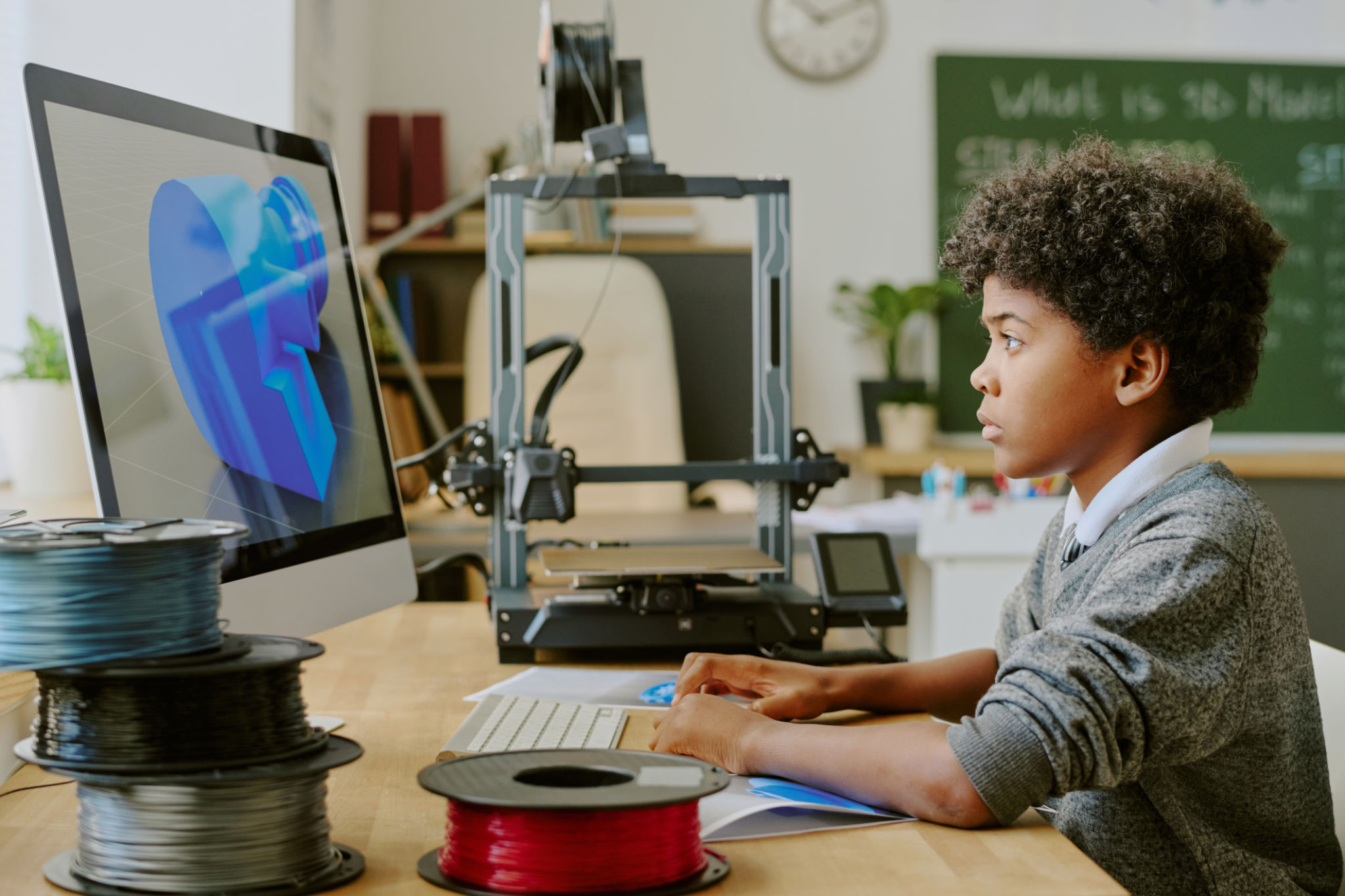A Beginner's Guide to 3D Printing and Its Applications in Education
Understanding 3D Printing
3D printing, also known as additive manufacturing, is a transformative technology that creates three-dimensional objects from digital files. It works by adding material layer by layer to form a solid object. This innovative process has rapidly evolved, becoming more accessible and affordable, particularly in educational settings. Its potential to revolutionize how students learn by providing hands-on experiences is immense.
With the ability to produce complex shapes and detailed models, 3D printers are finding their way into classrooms worldwide. They serve as powerful tools for engaging students, enhancing creativity, and fostering problem-solving skills. But what exactly makes 3D printing so appealing in education? Let's explore its applications and benefits further.

Applications of 3D Printing in Education
Enhancing STEM Learning
One of the most significant impacts of 3D printing in education is its contribution to STEM (Science, Technology, Engineering, and Mathematics) learning. By allowing students to bring theoretical concepts to life, 3D printers help them understand complex scientific principles through tangible models. Whether it's creating geometric shapes in math or simulating biological structures in biology, the possibilities are endless.
Fostering Creativity and Innovation
3D printing encourages creativity and innovation by enabling students to design and produce their own inventions. This empowers them to think critically and solve real-world problems. From prototyping new devices to creating art projects, students can explore various disciplines while developing vital skills for the future.

Benefits for Educators and Students
Interactive Learning Experiences
The hands-on nature of 3D printing provides interactive learning experiences that traditional teaching methods often lack. Students are more likely to retain information when they can physically manipulate objects related to their studies. This experiential learning approach caters to different learning styles and can significantly enhance student engagement.
Cost-Effective Prototyping
For educators, 3D printing offers a cost-effective solution for creating educational materials and prototypes. Instead of purchasing expensive models or equipment, teachers can print custom materials tailored to their curriculum needs. This not only saves money but also allows for greater customization and flexibility in teaching resources.

Getting Started with 3D Printing in Schools
Choosing the Right Equipment
When integrating 3D printing into the classroom, selecting the right equipment is crucial. Schools should consider factors such as the printer's size, speed, ease of use, and safety features. It's important to choose a model that fits the classroom environment and meets the educational goals of the institution.
Implementing a Curriculum
Successfully incorporating 3D printing into education requires a well-thought-out curriculum. Educators should develop lesson plans that align with learning objectives while leveraging the benefits of 3D printing technology. Training teachers to use the equipment effectively is also essential to maximize its potential in the classroom.
As 3D printing continues to evolve, its role in education will likely expand further. Embracing this technology can lead to more dynamic learning environments where students are better prepared for future challenges. By understanding and utilizing 3D printing's capabilities, educators can unlock new opportunities for their students' growth and development.
